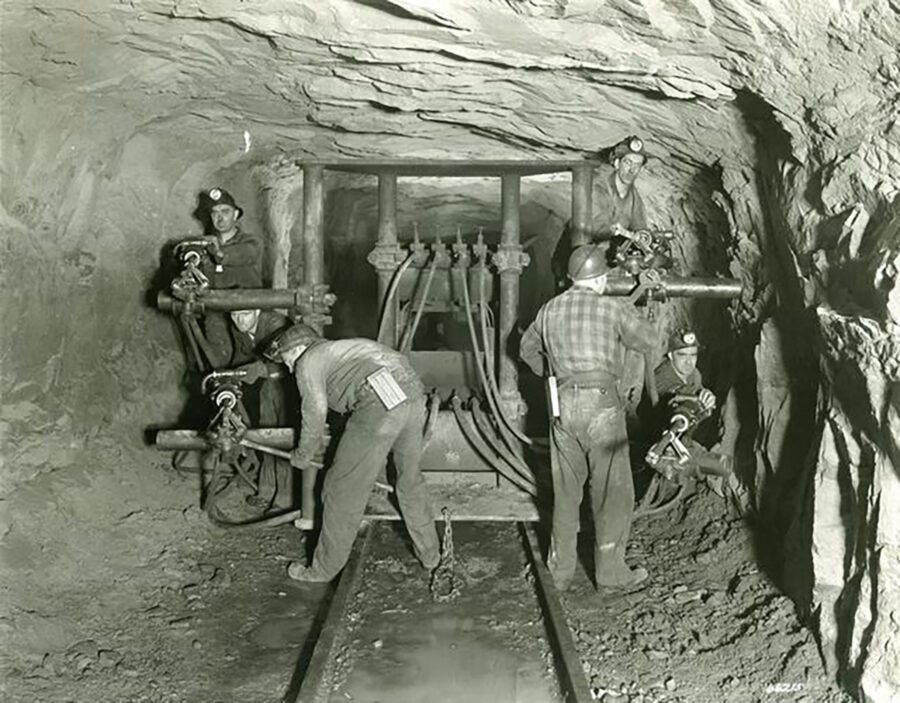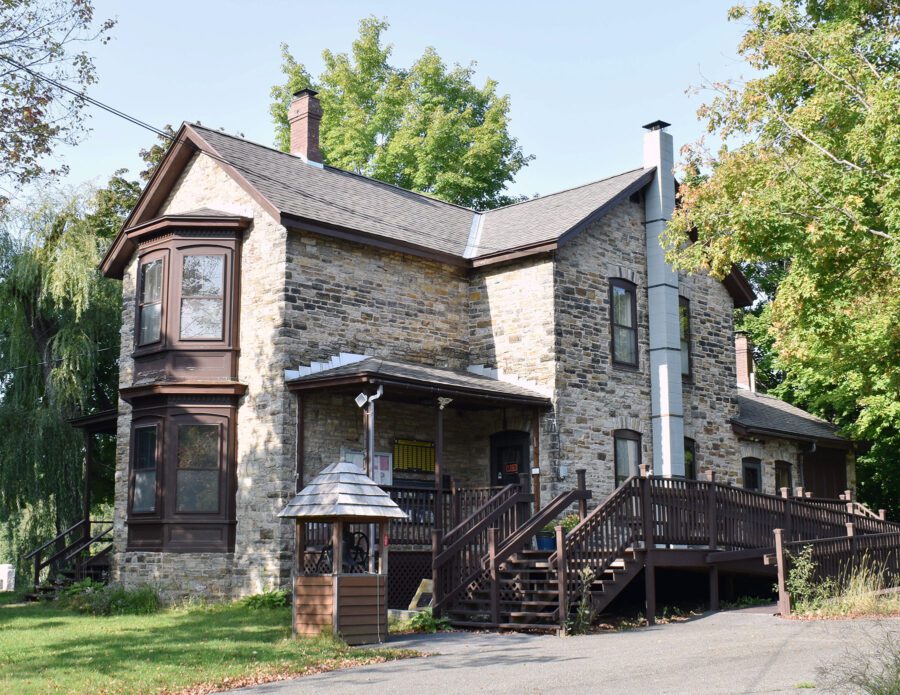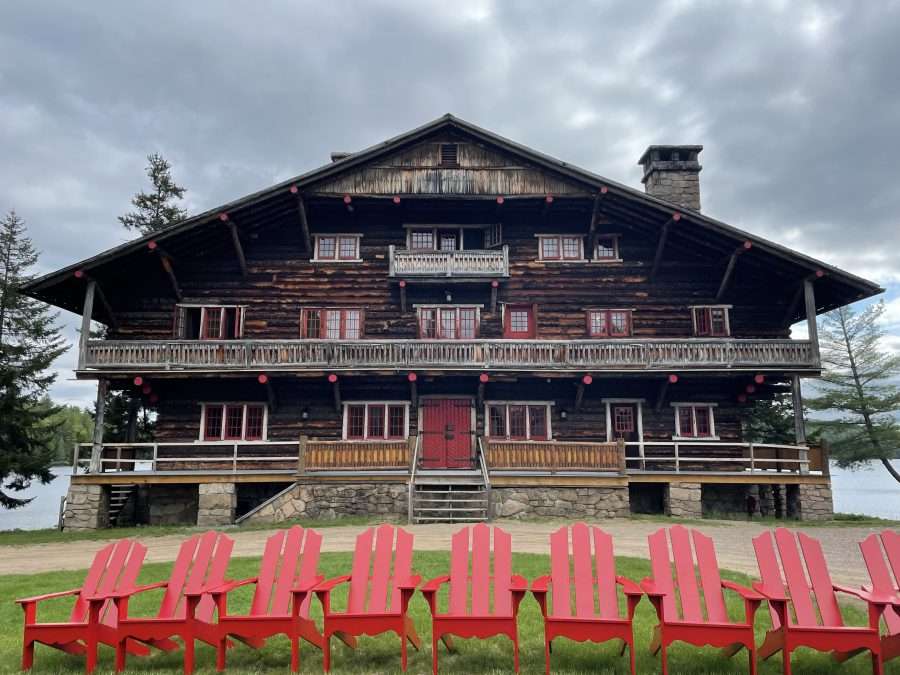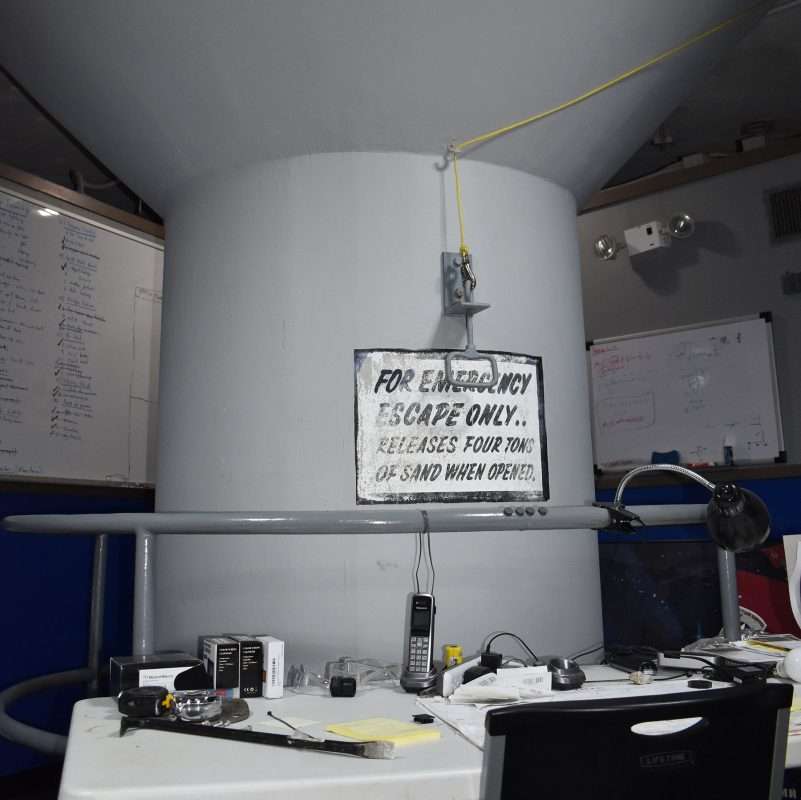
Among the first people shown to frequent the Park were Iroqouian and Algonquin Native American tribes, with archaeological evidence showing they hunted and gathered in areas like Tupper Lake as far back as 11,500 years ago. Today, the federally-recognized tribe of the Adirondacks is the Saint Regis Mohawk Tribe of Franklin County.
Starting with the arrival of Samuel de Champlain in the early 1600s, Europeans fought to colonize the Adirondacks. The region served as a backdrop to territory wars between the French and the British that escalated in the French and Indian war, leaving the area in British control. After the American Revolutionary War ended in the 1780s, New York state took ownership over the region.
In an attempt to pay off war debts, the state sold off forested land to loggers, who began decimating area forests. Meanwhile, the mountains were growing in popularity among artists, writers and city-dwellers who sought inspiration and escape in this region.
By that time, the Adirondacks had also become a haven for healing in the height of the tuberculosis pandemic. Many ill people traveled to Saranac Lake’s cure cottages and Trudeau Sanitorium for the “rest cure” – which often involved reclining on the cottages’ wraparound porches and breathing in the fresh mountain air.
The state formed the Adirondack Park in 1892 – both for conservation and for “the free use of all the people for their health and pleasure” – amid concerns over deforestation and water quality
That same year, a railroad later known as the Adirondack Scenic Railroad was built – a link between the Utica and Tupper Lake that eventually stretched rail services to Lake Placid. Today, the railroad still runs to Tupper Lake. The stretch of rail between Tupper Lake and Lake Placid, however, has been converted to an all-purpose, all-weather trail called the Adirondack Rail Trail.
The Adirondacks are famed for both modest, off-grid family camps as well as lavish resort hotels and Great Camps – luxurious but rustic lodges popularized in the 19th century by wealthy families and business people, Rockefellers and Vanderbilts among them.
Popular topics
Latest history stories

Students uncover Colonial era secrets at Crown Point Historic Site
Lost French fort treasures unearthed at Adirondack historical site

Where art meets science: Exhibition explores the Ausable watershed
'Follow the Water' exhibition led by painter Anne Diggory, opens July 3 at Keene Arts

Adirondack rail buffs get rare access to scenic train routes
Digital railroad historical society preserves Adirondack railway history

Celebrating Juneteenth: Remembering a path to freedom
Underground Railroad Museum plans tour of historic sites in Champlain Valley

Exploring the headwaters of the Erie Canal
The Black River Watershed houses rich history of industry and innovation

A ‘classic’ summer camp experience
Adirondack music camps celebrate legacy and progress

Adirondack hill renamed to honor 19th century Black settlers
Murry family members travel to take part in the renaming of Franklin County landmark once known by racial slur

Iconic building at Lake Placid’s Olympic Center to be torn down
Former bar, currently a gift shop to be razed to make room for expanded entrance to complex


